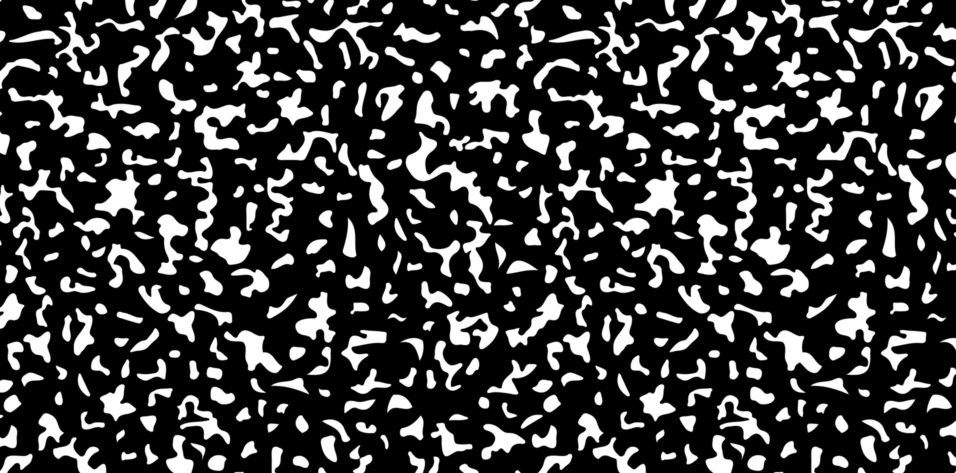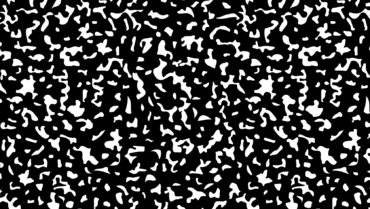1. What first drew you to ophthalmology and, specifically, to glaucoma?
I have always been interested in how we see what we see. When I was in college, I studied visual perception, which sparked my curiosity about the visual system. One of my older brothers is an ophthalmologist, and he introduced me to the specialty of ophthalmology. I then worked in an ophthalmology lab one summer during college. Collectively, these experiences laid the foundation for my interest in the field.
When I started medical school, I thought about pursuing neurosurgery because I was interested in how the brain works and how human beings perceive the environment. I came to realize, however, that I likely would not be able to be as clinically helpful as a neurosurgeon as I could be as an ophthalmologist. Additionally, I really liked ophthalmology, so it felt like a good fit.
There were no glaucoma specialists in my residency program until my senior year, and there were only one or two glaucoma specialists in my entire state (Virginia) at that time. I read a lot about glaucoma as a resident in order to take care of my patients. I was fascinated by the disease and ultimately reached two conclusions. One was that we had a lot to learn about glaucoma—we still do, but at that time we did not understand some of the most basic aspects of the disease. The second was that glaucoma was an underserved specialty, so I figured I would be able to get a job. I decided to apply for a glaucoma fellowship and ended up matching at the Massachusetts Eye and Ear Infirmary (Mass Eye and Ear).
2. You have conducted pivotal work in the development of OCT imaging. What did this experience teach you about innovation in ophthalmology?
It takes a village. The invention of OCT came to fruition through the efforts of several people with varying skill sets. They included James Fujimoto, PhD, and Eric Swanson, MS, both engineers at the Massachusetts Institute of Technology; David Huang, MD, PhD, an MD-PhD student in the Health Sciences Technology program at Harvard University and the Massachusetts Institute of Technology (and now a clinician-scientist at Oregon Health & Science University); Charles Lin, PhD, a physicist at Mass Eye and Ear; Carmen Puliafito, MD, head of the laser laboratory at Mass Eye and Ear; and me, then a glaucoma fellow at Mass Eye and Ear. It was the work of all these people (and others) that led to the invention of, investment in, and development of OCT. Along the way, we had some “a-ha” moments, when it became clear that we were successfully doing something unprecedented. That is an exciting feeling and a great experience to share as a team.
3. Of the many significant projects undertaken at your laboratory, is there one of which you are most proud?
OCT stands out as a technology that has changed the practice of medicine in general and ophthalmology in particular. It was a tremendous opportunity to collaborate on the initial work on this modality and then to investigate the first application of OCT in glaucoma. The ability to assess glaucoma objectively and quantitatively was one of my personal goals, so the development of OCT was an especially meaningful accomplishment.
4. What are your research goals for the next few years?
I am interested in a cure for glaucoma. I think that we have a good shot at curing high pressure in glaucoma and doing so through regenerative ophthalmology. We have been able to use human stem cells to regenerate the trabecular meshwork and outflow system and to restore normal outflow and normal eye pressure in mice with experimental glaucoma or in transgenic mice with mutations that cause pressure elevation, such as the myocilin mutation. By using human stem cells, we may be able to regenerate the trabecular meshwork in humans. Over the next few years, I hope to be able to conduct a first-in-human study of stem cells for trabecular meshwork regeneration, with the goal of curing high IOP in glaucoma.
5. What are some of the greatest lessons you have learned from your mentors, and what do you hope to impart to the individuals whom you mentor?
The most important factor in my development as a student, clinician, researcher, and educator has been the opportunity to work with outstanding mentors. This has been true for my entire academic career, starting in grade school with some excellent teachers. In college, I was fortunate to meet a chemist at Columbia University who was extremely helpful in my learning how to study and influential in my overall development.
In fellowship, I worked with some of the greatest people I have ever met, including W. Morton Grant, MD, one of the grandfathers of glaucoma. Dr. Grant was an extraordinary man. He popularized tonography. Within months of each other, he and Bernard Becker, MD, published the initial papers on the use of acetazolamide for glaucoma. Most importantly, working with Dr. Grant taught me about integrity; he showed me the importance of always trying to do the right thing and working hard in the process. He had a tremendous amount of dignity and was an exemplary role model.
Another role model I worked with during fellowship was David Epstein, MD. Dr. Epstein was a brilliant scientist, teacher, and clinician. He could look at a clinical problem, take it to the lab, figure out the mechanism, identify a treatment, and then bring that back to the clinic. One particularly influential effort of his was the development of a drug that works at the trabecular meshwork and outflow system to increase outflow facility and lower IOP. His efforts led him from ethacrynic acid to what he called its grandchild, the drug now known as netarsudil (Rhopressa), which is manufactured by Aerie Pharmaceuticals, a company that Dr. Epstein helped found. Netarsudil is partly the product of decades of work by Dr. Epstein and his laser focus on identifying an agent that acted at the site of the disease.
These mentors (and many others) were critical in my learning how to do what I do today. They stay with me in my mind, and not a day goes by when I don’t ask myself, what would Dr. Grant do? What would Dr. Epstein do? Their influence has truly helped me in my pursuits to advance the field.
On the other side of that coin, I have had the chance to work with exceptional medical students, graduate students, residents, and fellows. I would like all individuals in training to know that their mentors likely benefit more from mentorship than they might think—sometimes more than the students themselves. I find that having bright, enthusiastic, optimistic people to work with helps to enhance my own energy and my curiosity to pursue innovation. I hope that students today know what a major impact they have on their mentors and how much their mentors likely appreciate the opportunity to work with such talented fresh minds.



